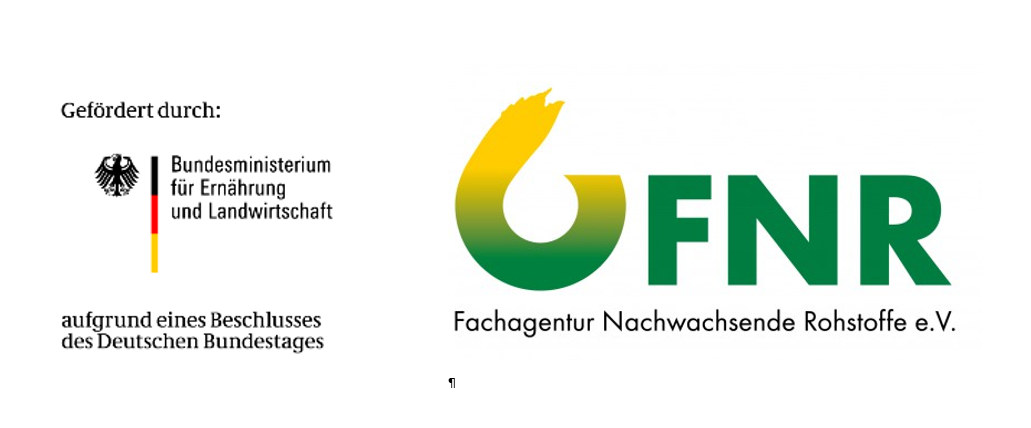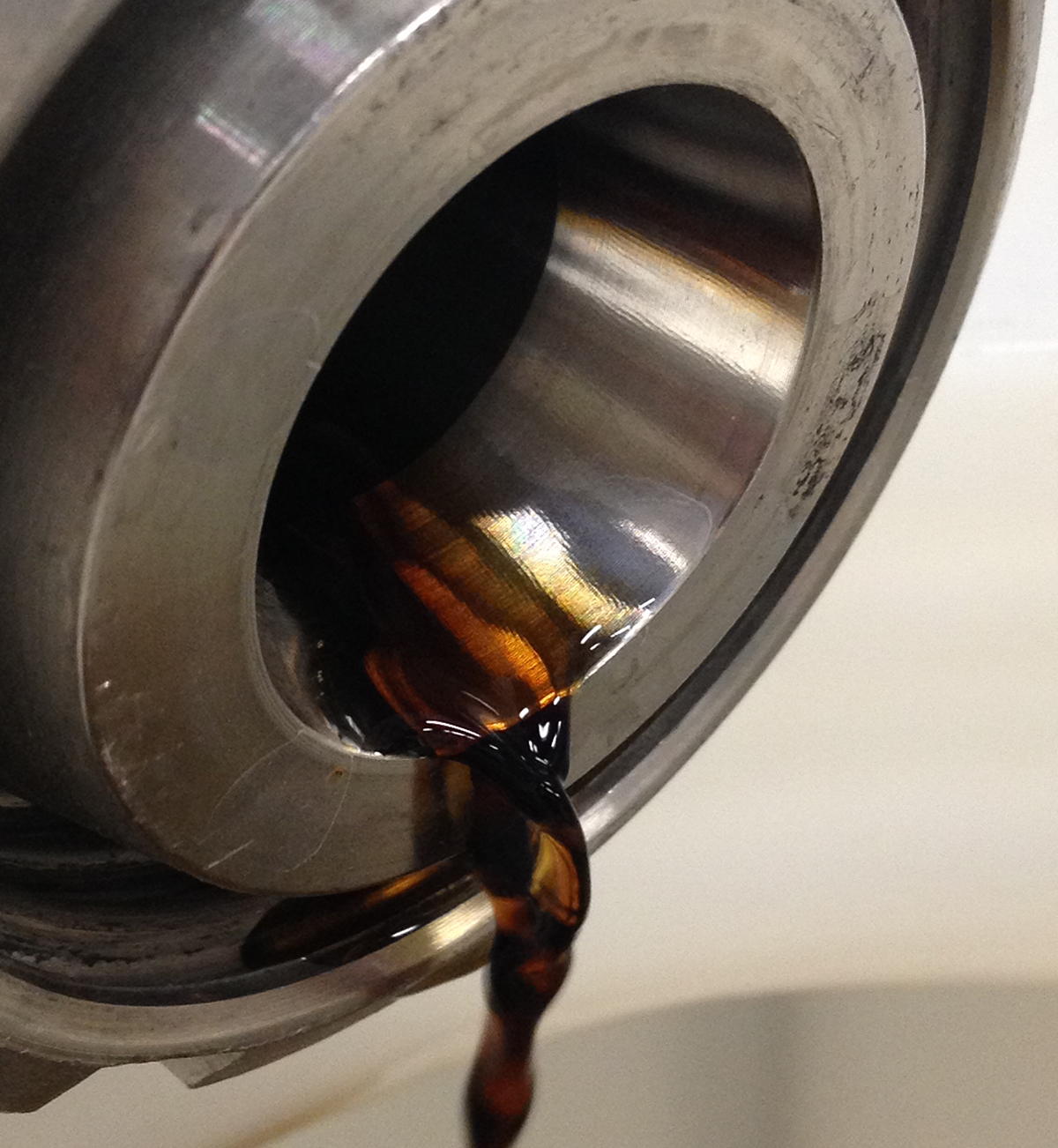The aim of KoBaOx is to develop a process for the sequential combination of base-catalyzed lignin polymerization (BCD) and alkaline oxidation with hydrogen peroxide for the production of novel carboxylated lignin derivatives that can find application in, for example, thermoplastics. The new oxidized lignin derivatives will be compared analytically with those from the individual processes and evaluated in terms of their technical and economic applicability.
KoBaOx – A project that combines base-catalyzed and oxidative depolymerization of lignin
Lignin is the only renewable resource that offers the potential for extracting large quantities of aromatic molecules of the kind that are essential for producing many platform chemicals and materials, for example. When lignin is produced using the Kraft process for making paper pulp, the heterogeneity, high molar mass and low functionality essentially prove a major hindrance for many applications. Using base-catalyzed (BCD) or oxidative depolymerization to cleave the lignin molecule is one way of overcoming these restrictions. Depending on how the process is controlled, this enables the molar mass and heterogeneity to be reduced while also generating new functionalities.
Base-catalyzed depolymerization reduces heterogeneity, oxidation increases functionality
In the BCD process, lignin is depolymerized into phenolic monomers, oligomers and various by-products. Using the kind of continuous BCD technique that is available at Fraunhofer CBP, the weight-average and number-average molecular weights of commercial Kraft lignin can, for example, be reduced by approximately 70 and 50 percent respectively. By contrast, oxidation only enables a slight decrease in the weight-average and number-average molecular weights of Kraft lignin to be achieved because it is often the case that only the side chains of the lignin get oxidized. However, the upside of oxidation is that it allows the introduction of highly reactive carboxyl groups.
Combining the advantages of both processes
Thus, KoBaOx aims to sequentially combine base-catalyzed lignin depolymerization (BCD) with alkaline oxidation involving hydrogen peroxide. In this way, innovative carboxylated lignin derivatives can be produced for use in various applications – such as thermoplastics. Two synthesis routes are being explored within this context: i) oxidation of the lignin with subsequent BCD, ii) implementation of the processes the other way round as an alternative. Both possibilities lead to advantages and disadvantages from a process technology perspective and these are to be compared in the course of the study.
For instance, linking the two processes (oxidative and base-catalyzed depolymerization of lignin) eliminates processing steps that would otherwise have to be performed on the cleaving solutions obtained. In addition, membrane technology is likewise to be used as a means of reducing the number of processing steps and chemicals involved. The innovative carboxylated lignin derivatives with a low molar mass could potentially offer improved water solubility, thereby facilitating film applications. If these aims are achieved, it will open up a new source of high-quality products for the bioeconomy.
Project information
Project title
KoBaOx – A project that combines base-catalyzed and oxidative depolymerization of lignin
Project duration
September 2022 – August 2023
Project coordination
- Fraunhofer CBP (Dr. Kerstin Thiele)
Funding
We would like to thank the German Federal Ministry of Food and Agriculture (BMEL) an the FNR for funding the project »KoBaOx«, grant number 2221HV047X.

 Fraunhofer Center for Chemical-Biotechnological Processes CBP
Fraunhofer Center for Chemical-Biotechnological Processes CBP